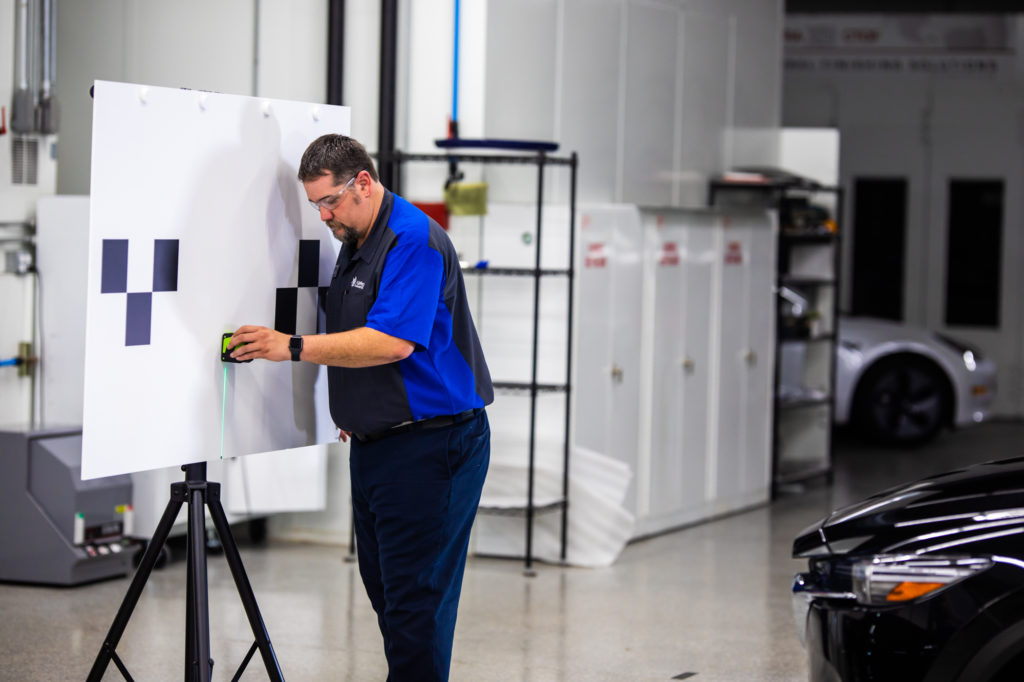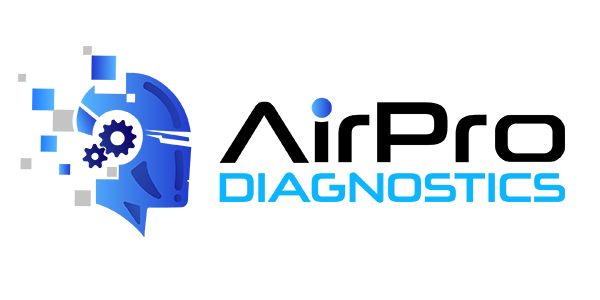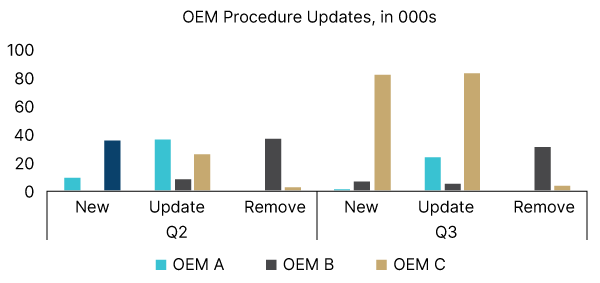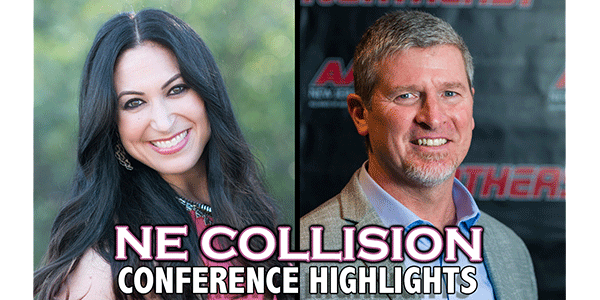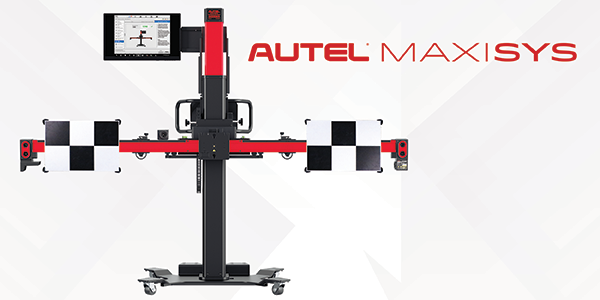Whether we like it or not, whether we are ready or not, the technological advancements in automotive technology have created change that must be reckoned with. It isn’t just novelty accessories that may or may not be here to stay, it is life-saving technology advancing at a rate that this industry has never seen.
Although drivers today want a safer vehicle, they often don’t understand what ADAS systems are on their vehicles, but they use them every day. It changes the way we drive, even if it is becoming dependent on the blind spot assistance or failing to look over their shoulder when they reverse. Invariably, it is changing how we repair vehicles and customer expectations. Although it is creating more safety and less hassle for drivers, it is creating much more complexity and liability for repairers.
The other day, I was driving with a friend in their 2019 Mazda CX-5 and noticed their blind spot monitoring system was indicating someone was in their blind spot when, in fact, no one was. Upon further inquiry, I discovered that he had recently been in a minor fender bender and had his rear driver side bumper repaired. A technology that had once assisted him now caused him frustration and annoyance, and if I hadn’t noticed, could have put him at risk without knowing it. A technology that was created to help ensure a driver’s safety could be ignored and be disastrous.
Today’s technology requires repairers to adjust to the technology and maybe, more importantly, their processes to ensure the vehicles they repair are safe and functioning as the manufacturer intended. Creating a strategic based repair system for your facility allows you to implement checks and balances to ensure every step is completed to ensure that you are properly repairing vehicles with today’s technology.
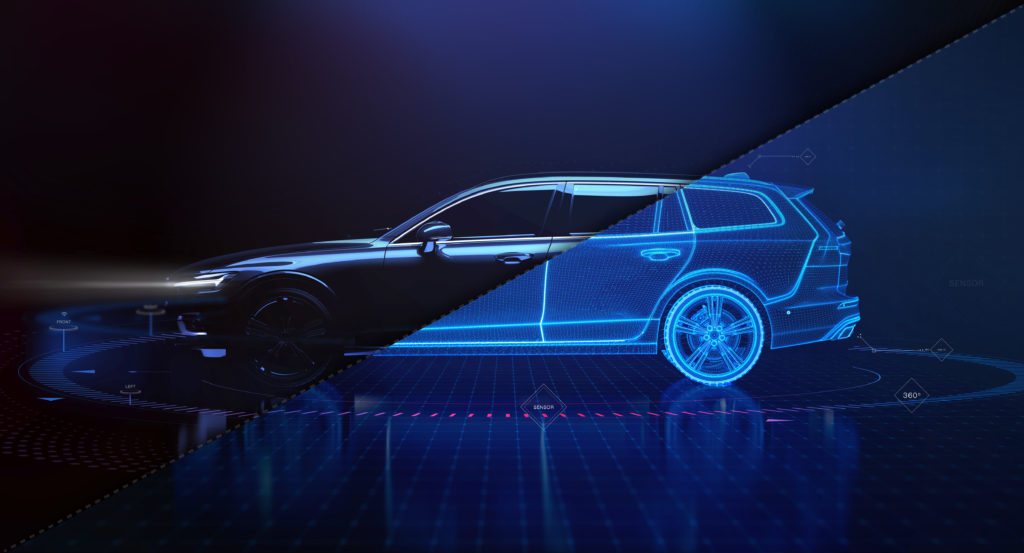
Step 1: Familiarize yourself with the vehicle.
Consult with the customer and ask if they are aware of any inoperable or disabled ADAS features. Create a checklist of the vehicle’s ADAS options and features, with either visual verification or the vehicle manufacturer’s information.
Step 2: Research and document all ADAS repairs and calibrations necessary for this repair.
When we talk about calibration, keep in mind that calibrations are used to ensure the reliability of the instrument – to ensure it can be trusted.
Consult the vehicle manufacturers’ service information and/or an ADAS specialist on which ADAS systems will need to be included in the repair and calibration process. Do a complete systems scan on the vehicle with a scan tool capable of reading all the electronic safety and ADAS systems on the vehicle. OEM-sourced, dealer-level scan tool applications like those used by AirPro Diagnostics are required to read data and Diagnostic Trouble Codes (DTC) associated with these systems. A remote service adds a benefit to scan results in that it is being reviewed and interpreted by a brand-specific diagnostic specialist. Document your scan findings, including pre-existing or unrelated damage.
Step 3: Create a complete blueprint of the repair.
Plan out the complete repair process, making sure to be aware that the disassembly or removal of various components can affect various systems’ operations or will call for specific calibrations or measurements of ADAS-related components and sensors. Document any additional calibrations needed to ensure an accurate blueprint. When planning out your repair, make sure that the ADAS repair personnel communicate accurately with collision repair personnel to ensure that any components are left exposed when required by the vehicle manufacturers’ prescribed procedures.
Step 4: Perform the collision repairs, ensuring every aspect of the vehicle and ADAS systems are properly repaired and documented.
This will include vehicle structure measurements, mounting positions of ADAS-related sensors and modules, steering and suspension alignments, and any ADAS-related sensors that have been replaced due to damage.
Step 5: Scan the vehicle post-repair and address diagnostics codes.
Once you have completed the collision repairs and reassembly, scan the vehicle, assess and address any diagnostic codes, and document. Make sure to leave any required components exposed. Once you have performed a post-repair scan, you will need to address and clear any codes, as appropriate, and document the process. You will then need to perform a post-scan again to ensure codes are cleared.
Step 6: Complete and document any needed initialization, programming and module set-up processes.
These are different procedures than scanning, however, a scan tool with a compatible interface and programming applications such as an AirPro operated by a technician trained and skilled at these types of procedures will most likely be required to perform these.
Step 7: Identify the vehicle’s pre-calibration condition requirements.
Most manufacturers’ service information will specify the exact vehicle and environment requirements necessary to perform accurate calibrations of the vehicle’s ADAS systems. Sometimes, multiple calibrations for different systems with different requirements for each may be necessary. These will often include fuel level, tire pressure and proper wheel alignment. Make sure that you create a checklist from the vehicle service information with all requirements. Working with a company like AirPro can help you quickly research and verify these required conditions.
Step 8: Set up the vehicle and environment conditions to meet the requirements and document.
Performing this thorough process to make sure all pre-calibration conditions are met and every aspect of the process is documented with the date, time and personnel involved will improve the calibration success rate and demonstrate attention to safety and procedures were followed correctly.
Step 9: Calibrate the vehicle and document the process.
Make sure you properly complete the static and/or dynamic calibrations required on the vehicle. Document the process with video recordings and/or photos, the date and time of the calibrations, along with the person who performed them.
Step 10: Finish reassembly.
Once the calibration has been performed, reassemble the remainder of the vehicle. Work to make sure that all components of the vehicle are reassembled. This would include the final assembly and touch-ups that need to be done to complete the vehicle to be delivered back to the customer.
Step 11: Test drive the vehicle and perform a Dynamic System Verification.
A Dynamic System Verification (DSV) identifies and confirms the performance of all the vehicle’s ADAS systems and features, such as adaptive cruise control, blind spot monitoring, lane keep and lane watch systems. A complete list of the features of each vehicle can be found in the owner’s manual or vehicle service information. Only qualified personnel who have become familiar with the vehicle’s ADAS features and functionality should perform a DSV.
Step 12: Prepare the vehicle for the customer.
Complete a final scan and perform your quality control process. When the car is delivered to the customer, review the ADAS features with the customer, documenting that they’ve been set to the vehicle manufacturer’s specifications and turned on. Inform the customer that they may want to adjust the system settings to their preferences.
As repairers, whether we perform calibrations ourselves, work with partners to fill different skill requirements, or a combination of the two, it is our responsibility to return repaired vehicles to owners with all the ADAS systems addressed and verified and the process fully documented for safe operation. Following these steps to ensure that every aspect of the vehicle’s safety has been repaired, verified and calibrated will help ensure you are performing proper and safe repairs for your customers every time. This way, the incredible enhancements made in the ADAS technology on the vehicles you repair continue to make the roads a safer place.
This article was sponsored by AirPro Diagnostics. For more information, please visit https://airprodiagnostics.com/.

